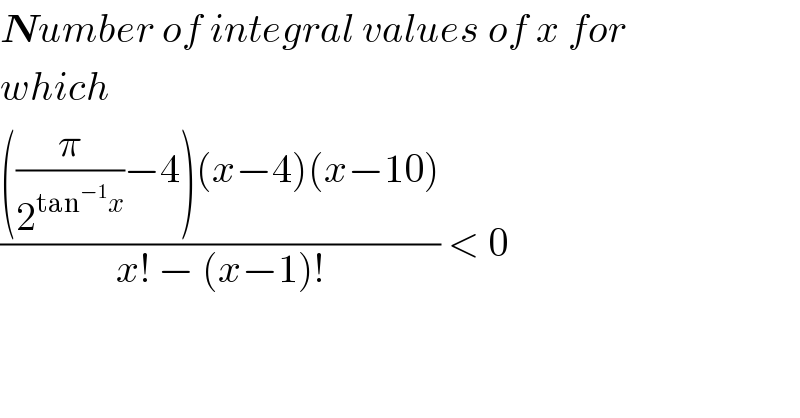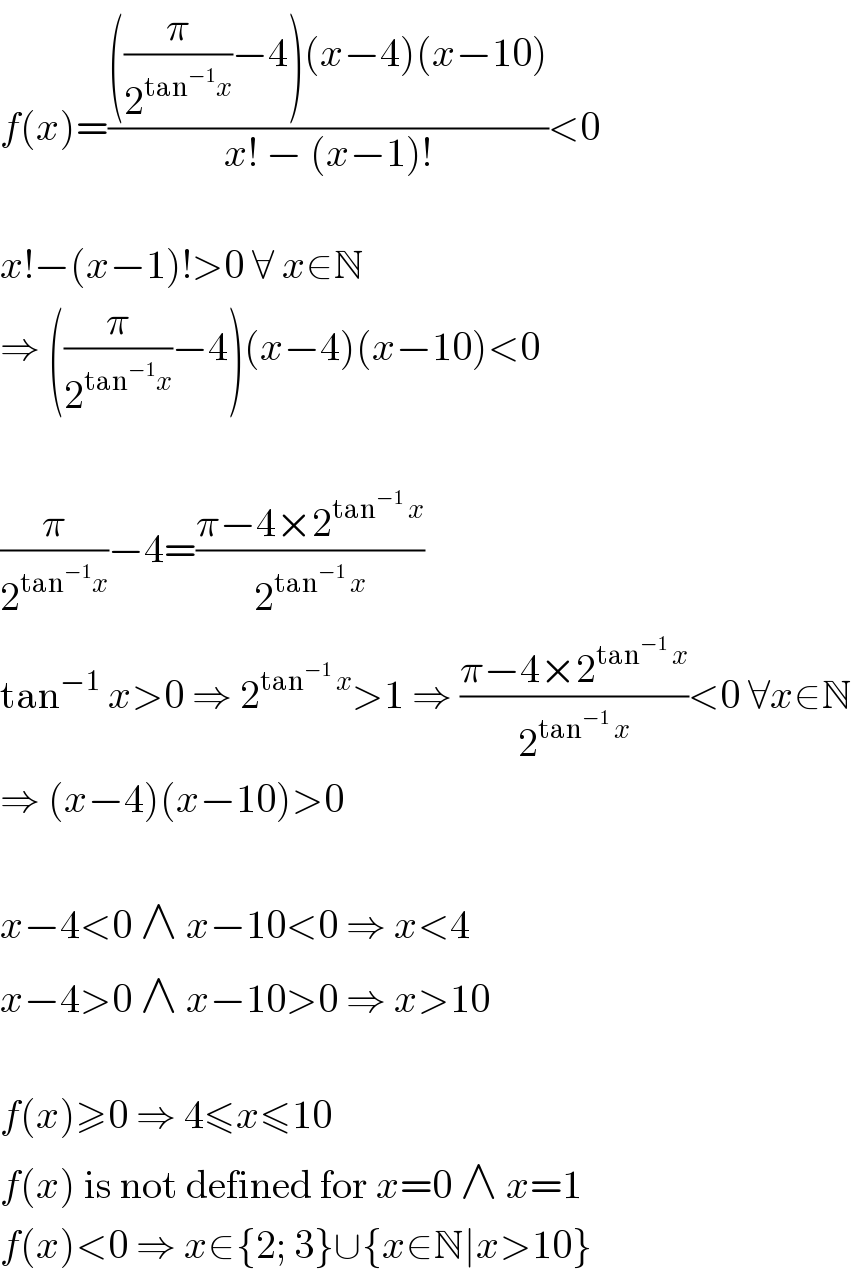
Question and Answers Forum
Previous in Relation and Functions Next in Relation and Functions
Question Number 34029 by rahul 19 last updated on 29/Apr/18

Commented byrahul 19 last updated on 29/Apr/18

Answered by MJS last updated on 29/Apr/18

Commented byrahul 19 last updated on 29/Apr/18

Commented byMJS last updated on 29/Apr/18

Commented byrahul 19 last updated on 29/Apr/18

